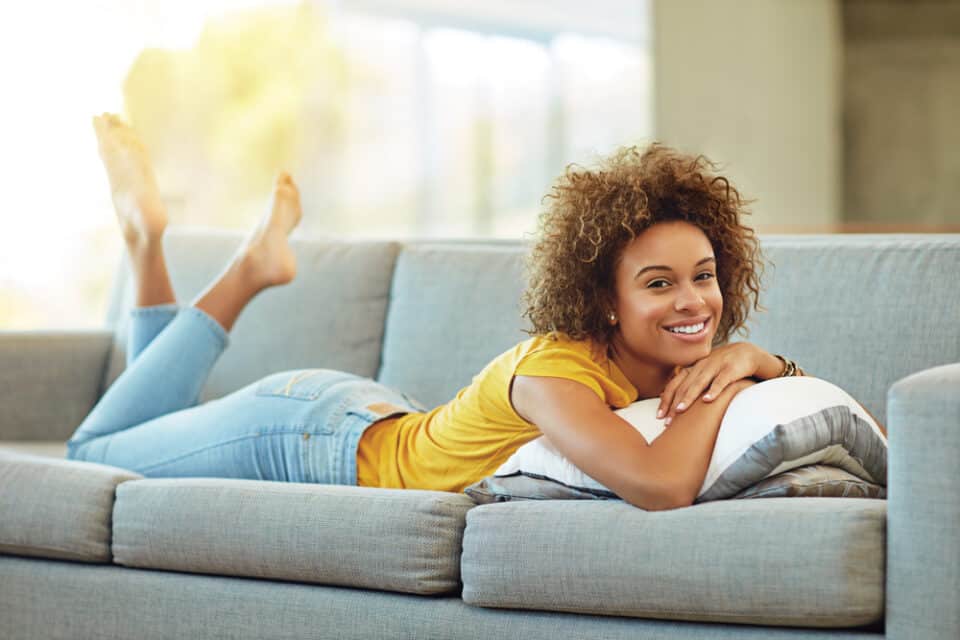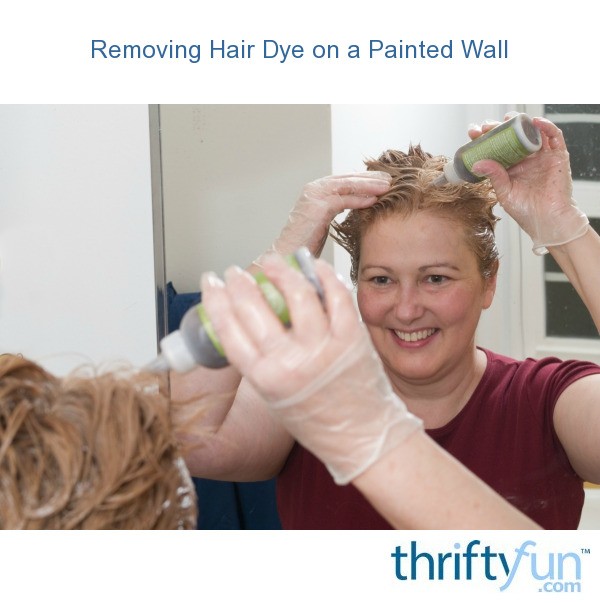Table Of Content
- Conclusion: The future of hair dye and colour trends
- Color Mastery
- Naturtint Permanent Hair Color 2N Brown Black (Packaging may vary)
- The Extraordinary History of Hair Color
- Hair history: the evolution of hair colour
- When Was Hair Dye Invented? When Did Coloring Become Popular?
- Naturtint Permanent Hair Color 5G Light Golden Chestnut (Packaging may vary)

Companies creating products that allowed people to try different hair colors from their homes. The evolution of hair dyeing techniques in ancient Egypt was influenced by societal norms and fashion trends, with different classes of individuals adopting distinct hairstyles. It’s fair to say hair dye has come a long way since Ancient Egyptian times. ESalon is always here to make your at-home color journey easier with your professionally crafted custom formula.
Conclusion: The future of hair dye and colour trends

For instance, if she chose to color her hair blonde it could be interpreted as an indication that she had loose morals and wasn’t suitable for marriage. However, it was not until World War II, when the US government funded research into a portable way for servicemen to spray malaria-carrying that the modern aerosol can was created. N. Sullivan, developed a small aerosol can that was pressurized by a liquefied gas (a fluorocarbon) in 1943. It was their design that made products like hair spray possible, along with the work of one other inventor named Robert Abplanal. His intention was to develop a less harmful, safer replacement for the then-commonly used toxic hair dyes. What started as a product intended to cover grays has since grown to a way for women to uniquely express themselves and individually define what aging looks like.
Color Mastery
Delights for Ladies, a recipe book of household essentials published in the early 1600s, recommends using Oyle of Vitrioll to color black hair chestnut. The book cautions to avoid touching the skin—sound advice given that today we know “Oyle of Vitrioll” as sulfuric acid. Different methods have been proposed, but beauty manufacturers have yet to accept a permanent hair-color formula without PPD or its related compound, p-aminophenol.
L'Oréal Group Visionaries: Eugène Schueller, Chemist, Entrepreneur, Founder of L'Oréal - L'Oreal
L'Oréal Group Visionaries: Eugène Schueller, Chemist, Entrepreneur, Founder of L'Oréal.
Posted: Thu, 06 May 2021 16:35:03 GMT [source]
Naturtint Permanent Hair Color 2N Brown Black (Packaging may vary)
In France, the use of wigs became popular, allowing individuals to easily change their hair colour without dyeing their natural locks. These wigs were often dyed with various pigments, including saffron, indigo, and even crushed beetles to create vibrant shades of red, blue, and purple. They were time-consuming to apply, and the colours were often dull or faded quickly. Additionally, some of the ingredients used could cause skin irritation or hair damage.
This tradition has continued for the ensuing forty years and has included notable names such as Heather Locklear, Linda Evans, Cybil Shepherd, Jennifer Lopez, Katy Perry, Beyoncé, and Emma Stone. Black, though they did also use plant extracts to dabble in red, blue, green and gold. The bolder colors were often used for wigs they created using their own (shaved) hair. By combining lab innovation, natural ingredients, and proven performance, Prose delivers you truly personal haircare.
Like henna, indigo may fade after one application, but it becomes permanent on the hair with repeated use. In the early 19th century, women mainly used natural dyes such as henna, indigo, and saffron to tint their tresses. These were applied directly onto the scalp or mixed into an oil-based mixture.
Hair history: the evolution of hair colour

If you want orange, you mix yellow and red; if you want purple, you combine red and blue; and if you want brown, you mix all three. Customers were ecstatic at having the chance to color their hair away from prying eyes. After William Henry Perkin’s accidental discovery of Mauveine, hair dye began to move away from its plant-based origins. In 1950, Gelb and his wife Jane Clair founded the company Clairol, which introduced the first one-step hair dye product that lightened hair. During the 1930s, Lawrence M. Gelb, a chemist and hair care entrepreneur, advanced the formulas of hair bleaching products. In recent years, blue hair dye has continued to be a popular choice for those looking to add a pop of color to their locks or make a bold fashion statement.
Eventually, lasers may be used to color hair, as experiments have shown them to be very effective at removing hair color. However, controlling a laser to the degree needed to make subtle changes in a safe way to human hair on a living person may be still be science fiction. With the development of the scientific method in the early modern period, dyers took a more analytical approach to changing hair color, testing the efficacy and safety of new formulas.
Naturtint Permanent Hair Color 5G Light Golden Chestnut (Packaging may vary)
To preserve your color investment, be sure you are using hair care products that work to keep your hue true. Prostitutes during the early years of the Roman Empire were required to have yellow hair to indicate their profession. Most wore wigs, but some soaked their hair in a solution made from the ashes of burnt plants or nuts to achieve the color chemically. Meanwhile, Germans colored their hair red by applying a mixture of beechwood ash and goats’ fat. Understanding the dyes used on hair is not as simple as understanding the color wheel. As we all learned in art class, any color can be obtained by mixing the three primary colors of red, yellow, and blue.
Like many great modern inventions, hair color as we now know it was invented by accident. English professor William Henry Perkin was attempting to come up with a cure for malaria when he instead discovered the first synthesized dye. Chemistry professor August Wilhelm von Hoffman enhanced Perkin’s discovery, creating para-phenylenediamine (PPD), which is still the base for many permanent hair colors today—but more on that later. Hair color as we know it today changed forever in 1863 when English chemist William Henry Perkin accidentally created the world’s first synthetic dye while trying to create a cure for malaria. This dye he named “mauveine” was a vivid purple (mauve) color and lasted significantly longer than earlier dyes created throughout the history of hair color. Natural hair color is determined by genetics, which determines how much of two pigments are contained in the cortex of the hair.
(6±2 shampoos typically) Semi-permanent hair coloring cannot lighten the hair either. Because it involves no developer (hydrogen peroxide) or ammonia, it is thus less damaging to hair strands than their demi-permanent counterpart. In conclusion, the Victorian period saw a surge in hair dye popularity due to changing fashion trends and social attitudes towards beauty. It allowed people from all backgrounds to experiment with different colors and styles while also providing them with new ways to express themselves.
When hair dye was created, it allowed people to change the colour of their hair with ease. It also introduced a way for people to express themselves without having societal norms affect them and how they look to the outside world. Meanwhile, other ancient civilizations, like the Gauls and Saxons, were dyeing their hair a variety of vibrant colours to show their rank and as a means of intimidating opponents on the battlefield. Dyeing, highlighting, balayaging, toning, glossing…hair colour is an important part of beauty routines for a lot of women and men.
Hundreds of plastic mannequins, lips pursed in model pouts, float around the halls of the Energizing Summit, an annual event of the American Board of Certified Haircolorists. Major breakthroughs came in the 1800s when chemists like August Hoffman derived PPD, revolutionizing longevity and vibrancy. Your personal colorist will work with you to get your color just right or it's on us.
In the U.S., within hair and nail salons, hair-coloring services account for 18 percent of revenue. An estimated 70 percent of women in the U.S. use hair-coloring products. The first is that sensitization to dye chemicals has grown considerably.

No comments:
Post a Comment